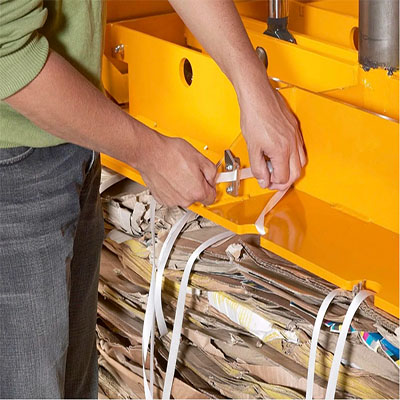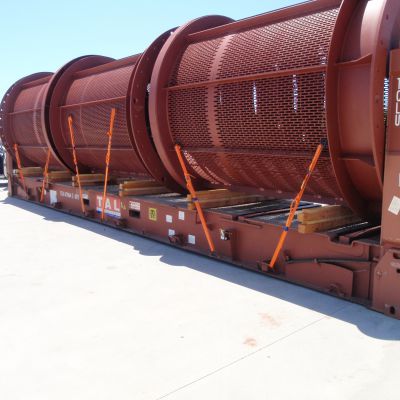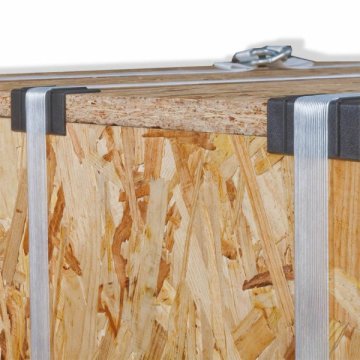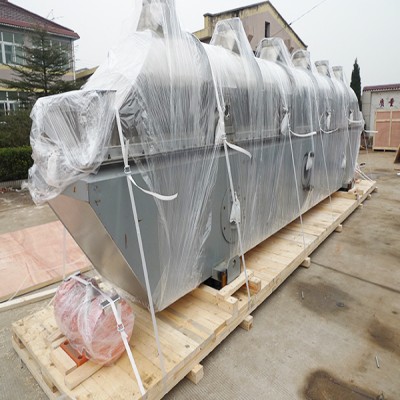Cord Strapping Application in Mechanical Equipment Bundling
Abstract:
Cord strapping, a versatile and robust method of bundling and securing mechanical equipment, has been widely adopted across various industries. This article aims to provide an in-depth analysis of the application of cord strapping in mechanical equipment bundling, discussing its advantages, methods, and best practices.

Introduction:
Mechanical equipment is essential for numerous industries, ranging from automotive to aerospace, and marine to construction. Ensuring the safety and stability of these equipment during transportation and storage is crucial. One effective method for bundling and securing mechanical equipment is cord strapping. This article will delve into the various aspects of cord strapping application in mechanical equipment bundling.
Cord Strapping Materials and Types:
Cord strapping materials can be classified into two main categories: synthetic and natural fibers. Synthetic fibers, such as polyester and nylon, are popular choices due to their high strength, durability, and resistance to environmental factors. Natural fibers, such as hemp and jute, are also used but are less common due to their lower strength and susceptibility to moisture.

Methods of Cord Strapping Application:
Cord strapping can be applied using various techniques, including manual, semi-automatic, and fully automatic methods. Manual methods involve the use of hand tools, while semi-automatic and fully automatic methods utilize machines for increased efficiency and precision.
Advantages of Cord Strapping:
Cord strapping offers several advantages over traditional binding method,including:
1. High strength: Cord strapping materials offer superior strength compared to other binding materials, ensuring that the bundled equipment remains secure during transportation and storage.
2. Durability: Cord strapping is resistant to wear and tear, providing long-lasting performance.
3. Versatility: Cord strapping can be used on various types and sizes of mechanical equipment, making it an ideal choice for diverse industries.
4. Cost-effectiveness: Cord strapping is generally more cost-effective than other binding methods, providing a low-cost solution for securing mechanical equipment.

Best Practices for Cord Strapping Application:
To ensure the effectiveness and safety of cord strapping application, it is essential to follow best practices, such as:
1. Selecting the appropriate cord strapping material and type based on the specific needs of the application.
2. Ensuring that the cord strapping is tightened to the correct tension to prevent slippage or loosening during transportation.
3. Regular inspection and maintenance of cord strapping equipment to maintain optimal performance and safety.
4. Following manufacturer guidelines for proper cord strapping application and maintenance.
Conclusion:
Cord strapping is a proven and effective method for bundling and securing mechanical equipment across various industries. By understanding the different types of cord strapping materials, application methods, and best practices, businesses can ensure the safety and stability of their equipment during transportation and storage, ultimately reducing the risk of damage and improving overall operational efficiency.
BSTSTRAP
Whatsapp:+86 186 5722 7862
E-mail:claire@bststrap.com



